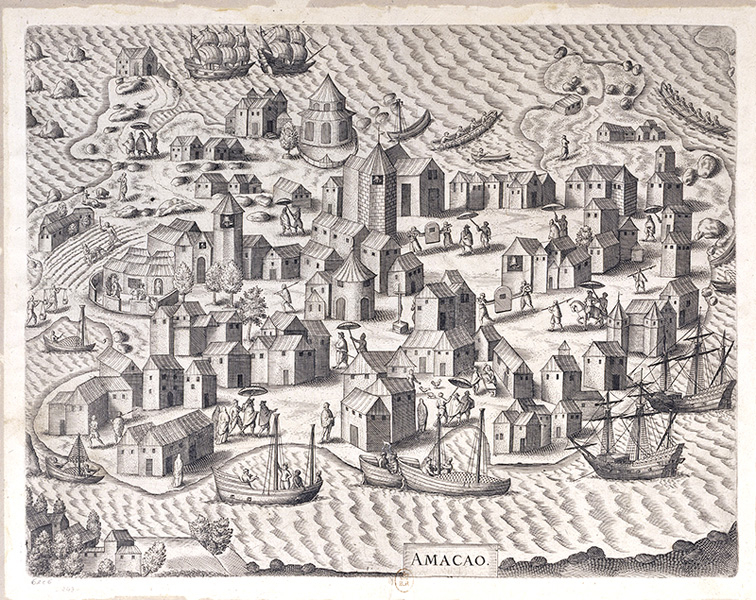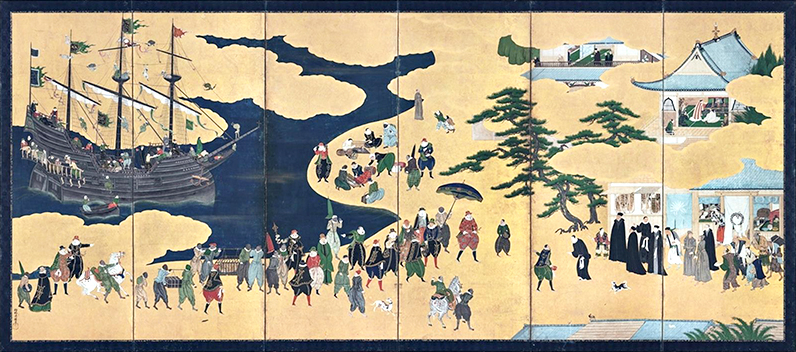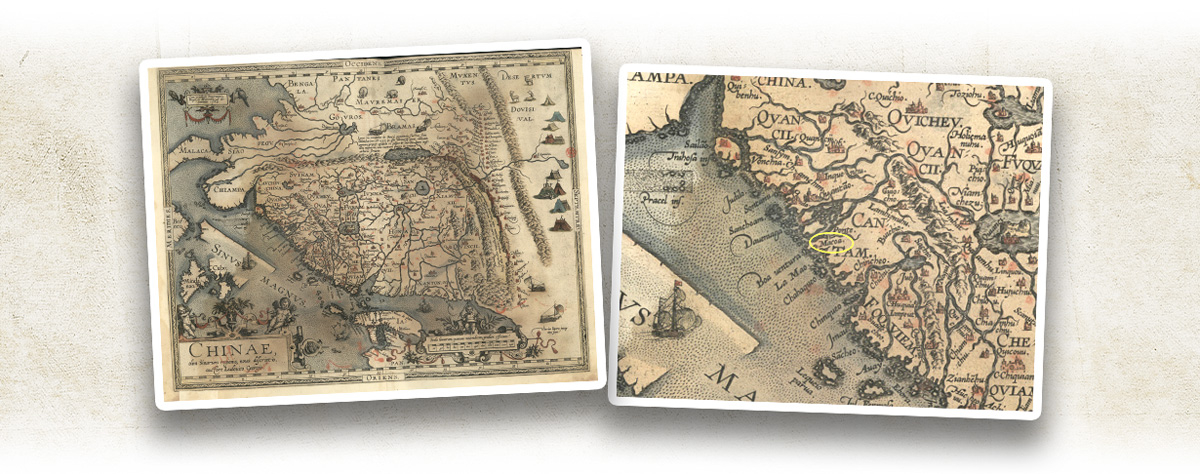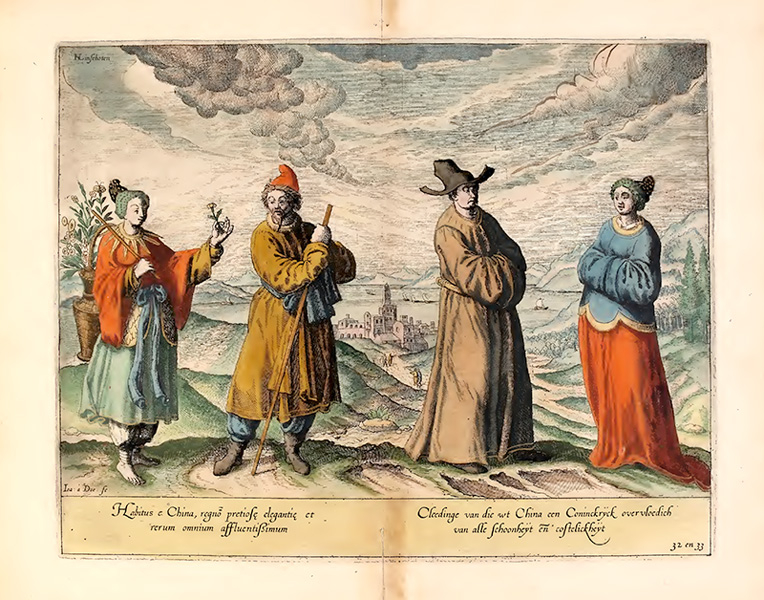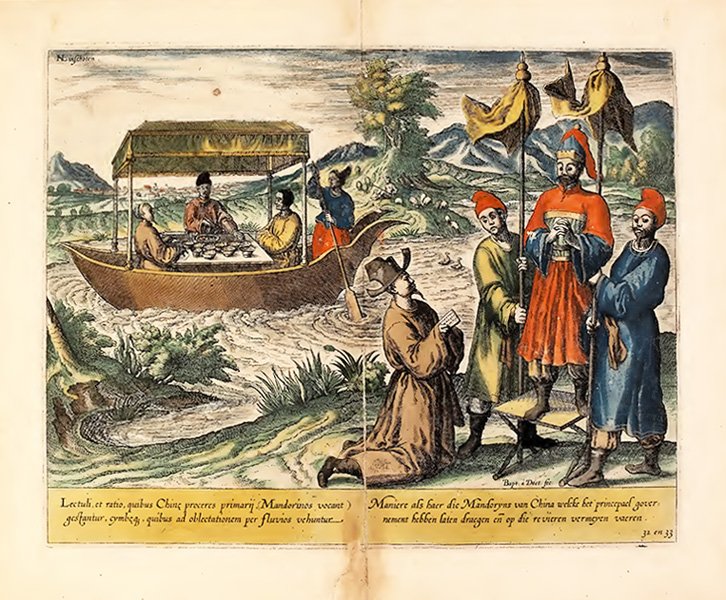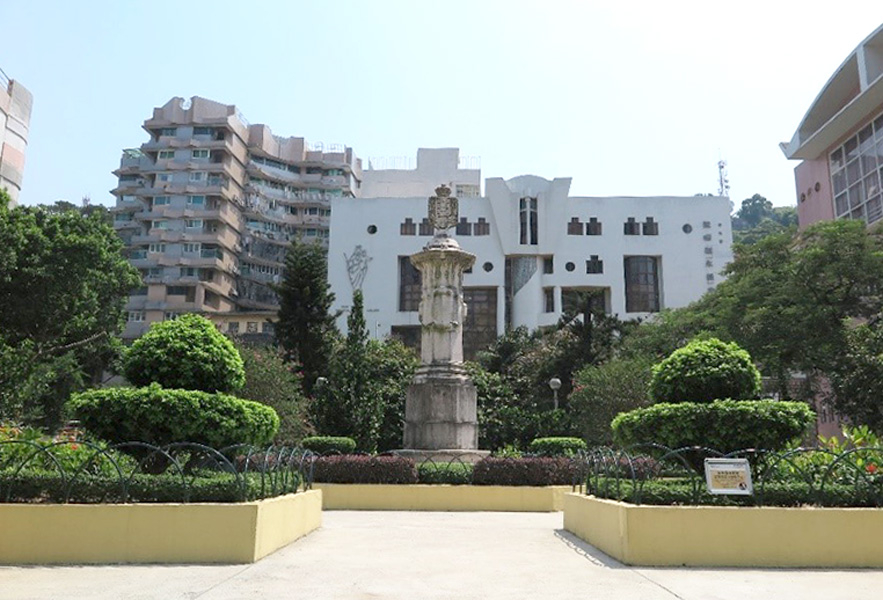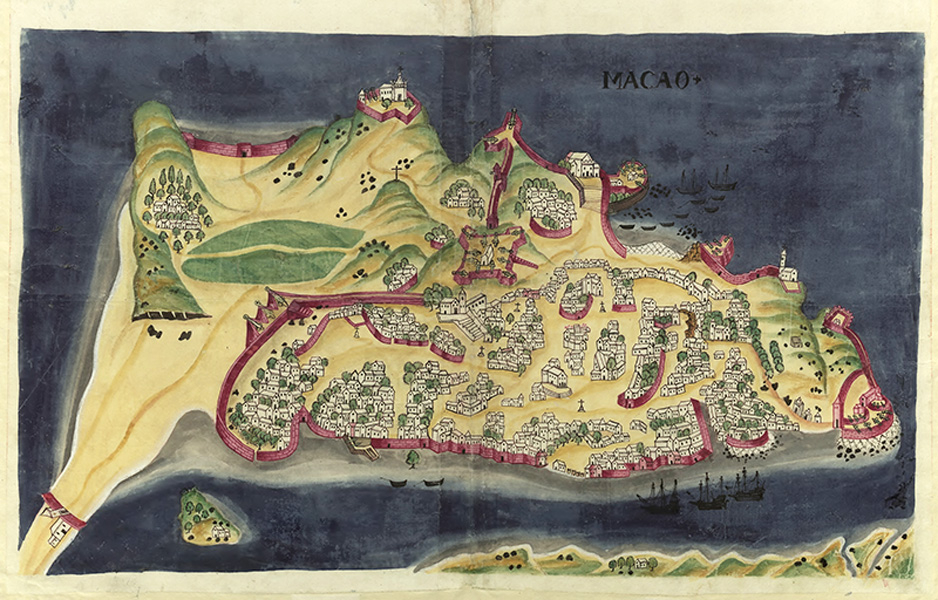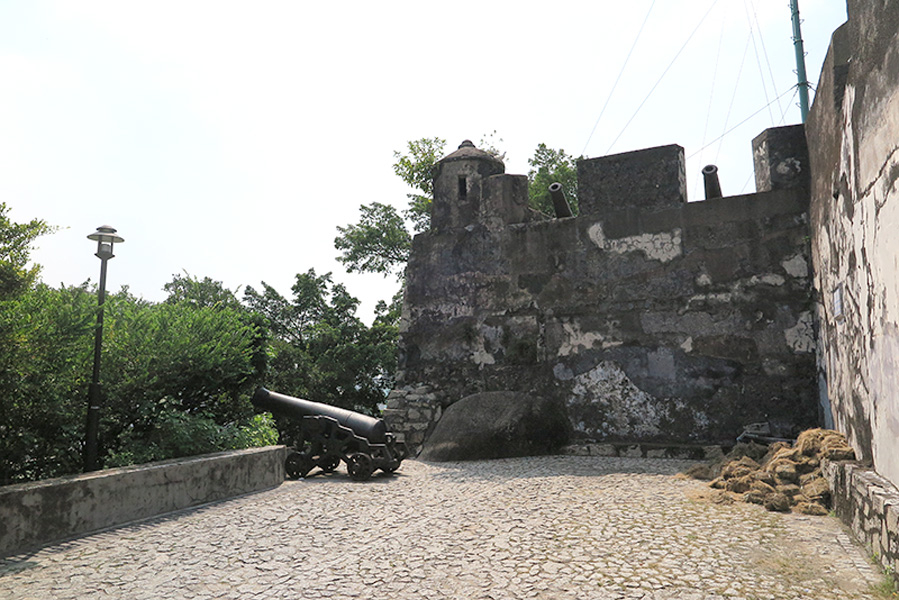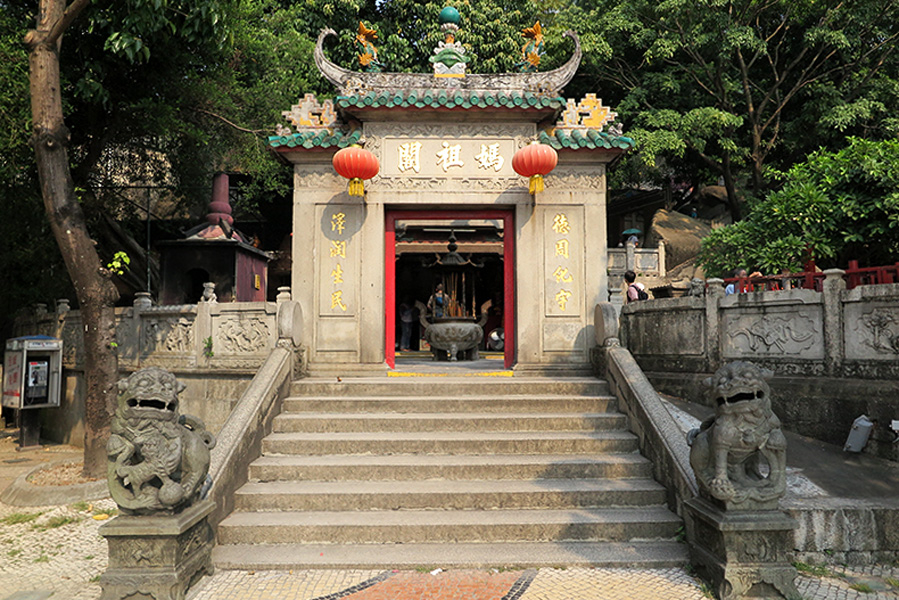Thanks to the Eurasian trade routes established by the Portuguese, Macao (Macau) quickly grew into an international commercial port after it opened to foreign trade in 1557. One of the earliest trade routes connected Macao with Malacca, Goa, and Lisbon. Another ran between Macao and Nagasaki. In 1580, the Spanish King gained control of Portugal and opened the Macao-Manila-Mexico route. Most of the vessels travelling along these routes were loaded with silver and silk and were therefore called the Maritime Silk Road.
The strategic position of Macao attracted the Dutch in the early 17th century. The Dutch military invaded Macao but was repulsed by the Portuguese in 1622. However, from 1639, Macao was under attack on multiple fronts and the routes connecting it to Nagasaki, Manila, and Malacca were cut one after another. Moreover, the Qing (清朝) court ordered a Great Frontier Shift to fight the erstwhile Ming dynasty’s (明朝) loyalist movement, which struck Macao’s trade. It did not rebound until 1684 when Emperor Kangxi (康熙) lifted the maritime trade ban.
|
|
What is the origin of the name “Macao” called by the Portuguese? |
|
|
See answer below. |
An illustration of Macao port in Collectiones peregrinatiorum in Indiam orientalem et Indiam occidentalem, an atlas of the islands in East India published in 1607. It shows that Macao was already a busy port in the late 16th century.
The bustling scene of Portuguese ships arriving at a Japanese port in the 16th and 17th centuries can be found in Japanese painter Kanō Naizen’s Nanban byōbu (the screen painting on the southern barbarians). The Japanese called this period of European commerce the “Nanban trade”.
The Macao-Nagasaki route was indeed the most lucrative among Macao’s earliest trade routes. The Ningbo Incident (寧波之亂) in 1523 brought the Sino-Japanese trade to a halt. However, the demand for import remained strong on both sides. The Ming court relied on Japanese silver to mint currency while Japan craved Chinese raw silk, tea, and porcelain. The Portuguese arrival timely filled the role of an intermediary. (The Ningbo Incident in 1523 was caused by trade representatives of two Japanese feudal clans - the Hosokawa and the Ōuchi. Violent encounters between the two trade missions took place upon their arrival in Ningbo, Zhejiang Province (浙江). Residents in the neighbourhood were affected and some Ming soldiers were killed in the suppression of fighting.) The incident prompted a stricter ban on maritime trade, hitting Sino-Japanese commerce.
The book based on an Italian manuscript written by Matteo Ricci De Christiana expeditione apud Sinas recorded how the Portuguese regularly attended the biannual Canton Fair. Every January, Portuguese merchants travelling between China and Japan anchored their fleets in Macao and head for Guangzhou (廣州), where they sold goods from India and Southeast Asia (spices, medicines, and cloths) and bought Chinese goods such as silk and tea. These Chinese goods were later be sold in Japan in exchange for silver. Then the fleets followed the seasonal wind back to Macao for the second Canton Fair in June the same year. The silver and goods they obtained in Japan were spent on more Chinese goods. Finally, the Portuguese left for Malacca or Goa to sell Chinese and Japanese goods.
The atlas Theatrum Orbis Terrarum by Abraham Ortelius was published in 1584. It contains the oldest European map of China. The place labelled Macoa is Macao.
Portraits of Chinese in the book recording the Portuguese India sea routes O Itinerário, Viagem ou Navegação para as Índias Orientais ou Portuguesas written by Jan Huyghen van Linschoten from the Netherlands.
An illustration of Chinese officials from the same book.
The Portuguese Macao government built the Victory Garden in 1871 to commemorate the Dutch-Portuguese War fought in Macao on 24 June 1622. The Dutch were allegedly shelled on this field, a turning point of the battle.
In the early 17th century, the Dutch reached Asian waters to conquest Spanish and Portuguese ports. Macao, with its significance for trading with China, was their prime target. In the 1600s, the Dutch fleets made several attempts at seizing Macao but failed.
On 22 June 1622, the Dutch East Indian Company mobilised a dozen warships and over 600 soldiers for an attack on Macao two days later. The Dutch soldiers disembarked on the beach (where now became an area near Estrada de Cacilhas) and advanced to the inner city of Macao. The Dutch outnumbered the Portuguese but their offence met strong resistance. When the Dutch reached the street of Fonte de Inveja, their wagons loaded with gunpowder were hit by Portuguese Jesuits in the nearby forts. In addition, the Portuguese were reinforced by soldiers and slaves in the city and finally, the Dutch withdrew.
This Dutch-Portuguese battle was the largest combat in the history of Macao. The Dutch failed to occupy Macao and instead transferred to Penghu (澎湖) and Taiwan (台灣). In 1639, they replaced Portugal as Japan’s trading partner.
A map of Macao in 1635. After the battle in 1622, the Portuguese built city walls and fortresses in Macao to protect the city from pirates and enemy forces.
Mount Fortress was a hill of strategic importance on the Macao Peninsula. The mount, where a fort was built by the Jesuits in 1617, was made the residence of the first Governor of Macao, Francisco Mascarenhas, in 1623.
The Bom Parto Fortress and the St. Francis Fort were part of the defence line in Praia Grande Bay.
The A-Ma Temple is one of the three oldest temples in Macao. Its construction dates back to 1605.
The aforementioned three trade routes made Macao prosper. However, a series of events in the 17th century threatened the trade routes and its stability.
In 1639, the Macao-Nagasaki route was cancelled because the Tokugawa Shogunate of Japan prohibited Portuguese merchant fleets from entering to halt the spread of Christianity. In 1640, Portugal declared war on Spain to remove the Spanish King’s control over Portugal. Warfare spread overseas and the Macao-Manila route ended. In 1641, the Dutch captured Malacca from the Portuguese, putting into peril Portuguese influence in Southeast Asia and its Macao-Goa trade route. Around the same period, conflicts between the Ming dynasty and the Qing Manchu hampered trade between Macao and mainland China.
Macao’s economy entered a recession when all the routes connecting Macao to mainland China, Japan, India, Spain, and Europe were cut or affected overnight.
|
|
What is the origin of the name “Macao” called by the Portuguese? |
|
|
De Christiana expeditione apud Sinas stated that a statue of a well-loved figure known by the locals as “A-Ma” stood in Macao. Therefore, the missionaries named the place Amacao, meaning “A-Ma’s harbour”. According to Matteo Ricci’s statement, he believed that there was a shrine for the queen of heaven in Macao, perhaps referring to the early structure of A-Ma Temple. It is also possible that the pronunciation of “Macao” was derived from “Ma-Gau” (“媽閣”, the A-Ma Temple neighbourhood in Cantonese). |
Photo courtesy of Mr. Alex Lou, Vice Chairman of The Heritage Society.





